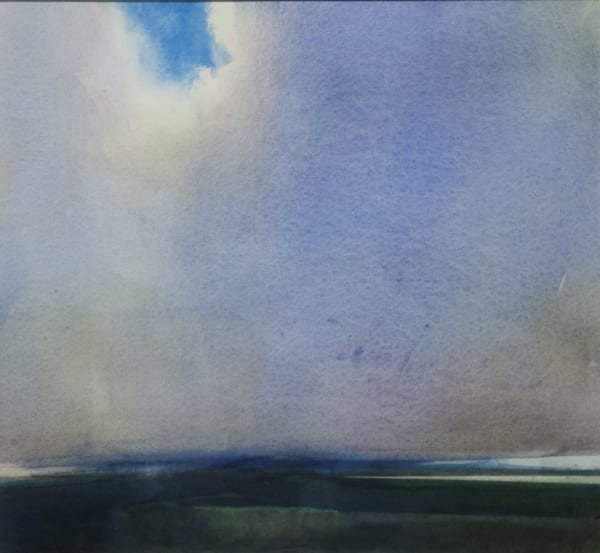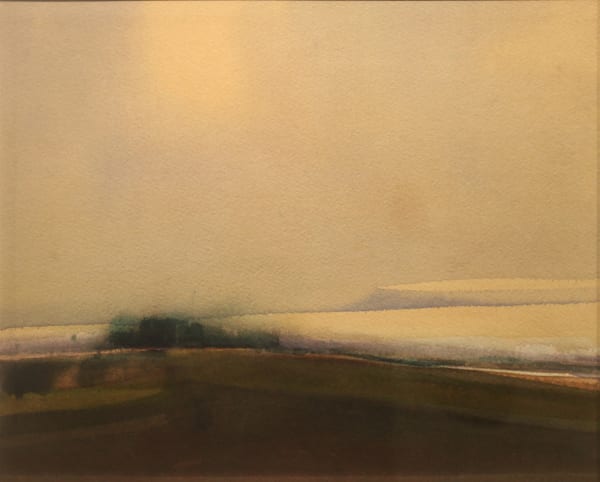A recent article in The New York Times features the Remembered Landscape series of paintings by Thomas Sgouros. Highlighting an exhibition entitled The Persistence of Vision, currently on view at the University of Cincinnati, the article delves into the work of artists who suffered from macular degeneration during their careers as artists. The article in its entirety can be read here.
Excerpt of The New York Times article by Serena Solomon:
The pre- and post-macular degeneration works of eight artists, including Mr. Hollerbach, Lennart Anderson and Hedda Sterne, are the focus of "The Persistence of Vision," a new exhibition at the University of Cincinnati. It explores the versatility of artists - shown in early and late works - as they adapted their styles to vision loss and, in cases like Mr. Hollerbach's, experienced a personal renaissance.
...
The exhibition is an extension of the larger Vision and Art Project, a research and curatorial project funded by the American Macular Degeneration Foundation. "It is good for other artists to know that there are these resources available so you don't feel isolated," said A'Dora Phillips, the director of the project and the show's other curator.
Although the project celebrates the early and late works of artists, some painting through their macular degeneration diagnosis declined to be involved. Often those artists are fearful that publicly discussing their condition will negatively impact the value of their career and work, Ms. Phillips said.
But "The Persistence of Vision" stands as a material record that vision loss need not end an artist's work, regardless of whether it is a profession or a hobby. Here are some selections from the exhibition.
Thomas Sgouros
Sgouros's vision deteriorated quickly over six months in 1992, and at times he contemplated ending his life, according to the exhibition's catalog. Eventually, he adapted his painting process for the remaining 20 years of his life. To create the series "Remembered Landscapes," dreamy horizons with twilight colors, he felt his way around the canvas using masking tape and a T-square and found his colors by keeping them in the same formation on his palette.



